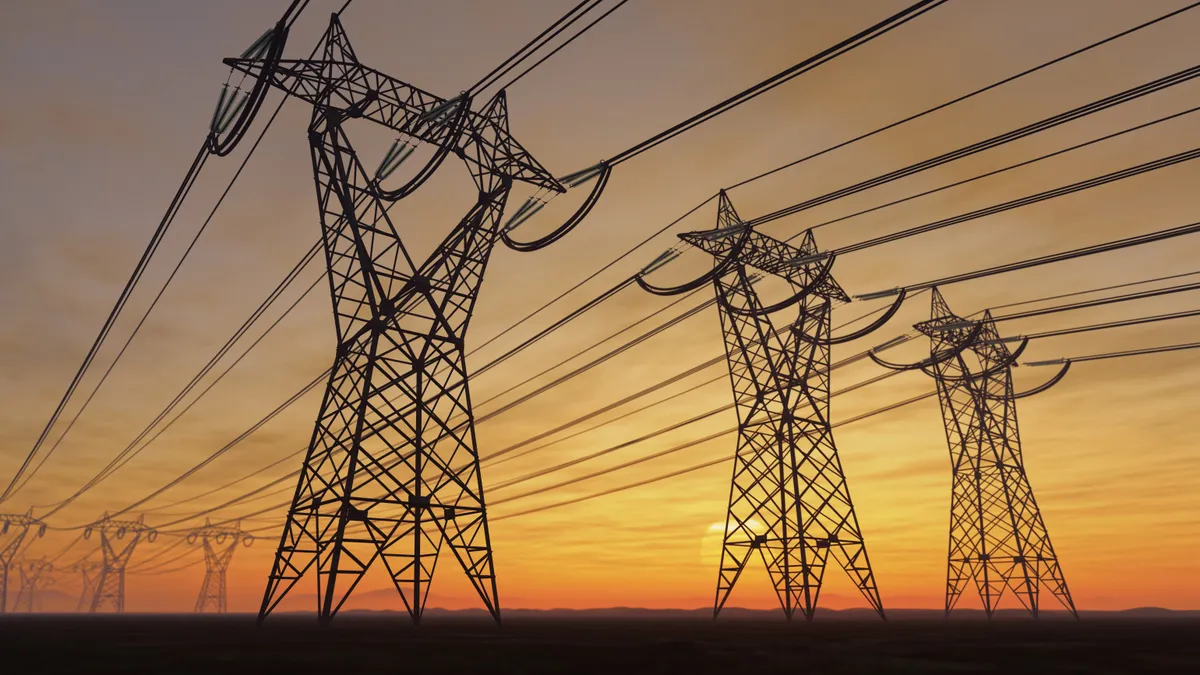Todd Snitchler is the president and CEO of the Electric Power Supply Association, which represents U.S. competitive power suppliers.
Today’s U.S. power sector faces a series of challenges that are not easily overcome. One of the most difficult is balancing the increased demand for power with requirements for cleaner resources. When reliability and affordability are rightfully prioritized, power providers find themselves in the unenviable position of needing to be all things at all times. Competitive markets can help solve this problem, but only if we are willing to change how we think about the future of energy.
Designed to leverage capital investment to spur innovation, competitive markets possess the structure needed to develop, integrate and advance the energy resources, both dispatchable and intermittent, that will be required to accelerate power sector decarbonization. To allow competitive markets to fulfill their potentials, reforms will be required that prioritize reliability, efficient permitting, the integration of new commercially viable resources, and innovation. In other words, we must have a reliable energy expansion.
When implemented appropriately and without market-distorting subsidies, competitive markets should balance dispatchable and intermittent resources in an efficient manner. Dispatchable sources like natural gas deliver the “always-on” reliability the market needs to meet rising demand, not just during extreme weather but as electrification increases the sector’s share of powering our broader economy.
Intermittent resources deliver the emissions reductions to lower the sector’s carbon intensity but require battery and dispatchable energy to ensure reliability is maintained. Competitive market participants understand this dynamic and can successfully integrate the two, but obstacles remain.
An inefficient permitting process, preferences that tip the scales for specific energy resources, and regulations that negatively impact dispatchable resources when taken in the aggregate jeopardize reliability, while also limiting innovation and developments that can truly deliver decarbonization and cost-effectiveness for the power sector.
Our demand for expanding resources will be necessary and ongoing, not merely a transition. System planning for an updated power grid needs to account for this growing demand and accompanying expansion. Adjustments to planning parameters, market design, and permitting must be addressed to ensure consumers are able to reap the benefits of new technologies coming online.
It is past time to update market design elements like planning parameters to reflect the grid as it is today, not as it was 70 years ago. Capacity accreditation is especially important to ensure grid operators are sending the correct market signals to generators. This ensures the proper amount of necessary resources are available to ensure reliability.
Today, the grid is being asked to do more than simply deliver least-cost electricity. While that is still critically important, we also need new products and services that can properly compensate the resources needed to ensure reliability. For example, a flexibility product could specifically compensate resources that can respond to the system demands of an increased amount of intermittent resources.
A successful energy expansion must include investment in the full slate of low carbon generation assets, especially dispatchable resources. Such an investment will require greater certainty and efficiency in the federal permitting process and a move away from practices that pick winners and losers among resource types based on political partisanship.
Competitive markets are the most cost effective and efficient mechanism that will ensure we have the resources we need to meet the rising demand of electrification, which promises to power growing shares of transportation and industrial processes.
Existing dispatchable resources provide critical reliability services to our system, and maintaining reliability must remain the top priority when planning for this future. Innovative technologies like small modular reactors, carbon capture utilization and storage, and hydrogen that can lower emissions should be integrated into this mix when they become commercially viable and cost effective.
But we cannot afford to assume them into existence and jeopardize or accelerate retirement of resources that would otherwise remain on the system.
To ensure capital investment and development is being ushered toward these new technologies, timelines and milestones for energy goals must not be arbitrary. Their success and proliferation will not occur overnight. Rather, the timelines should be realistic, aligning with the commercially achievable and cost-effective evolution of power grid operations.
Managing and balancing our power grid is an increasingly challenging task. While emissions reductions are important, the future of the grid is constrained by reality, which must be respected as we look ahead. Market mechanisms must be allowed to strengthen and propel the best options forward. Consumers care about reliable, cost-effective, clean power. Competitive markets promote capital investment in innovative technologies that allow us to meet those criteria. Intervening with regulations that make dispatchable, reliable resources more expensive or hasten their retirement only threatens the viability and strength of our grid at a time when we can least afford it.





















